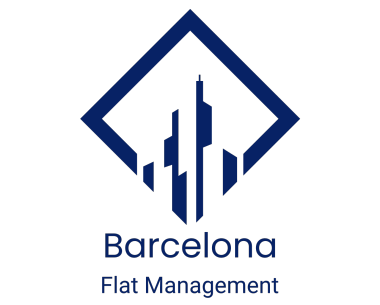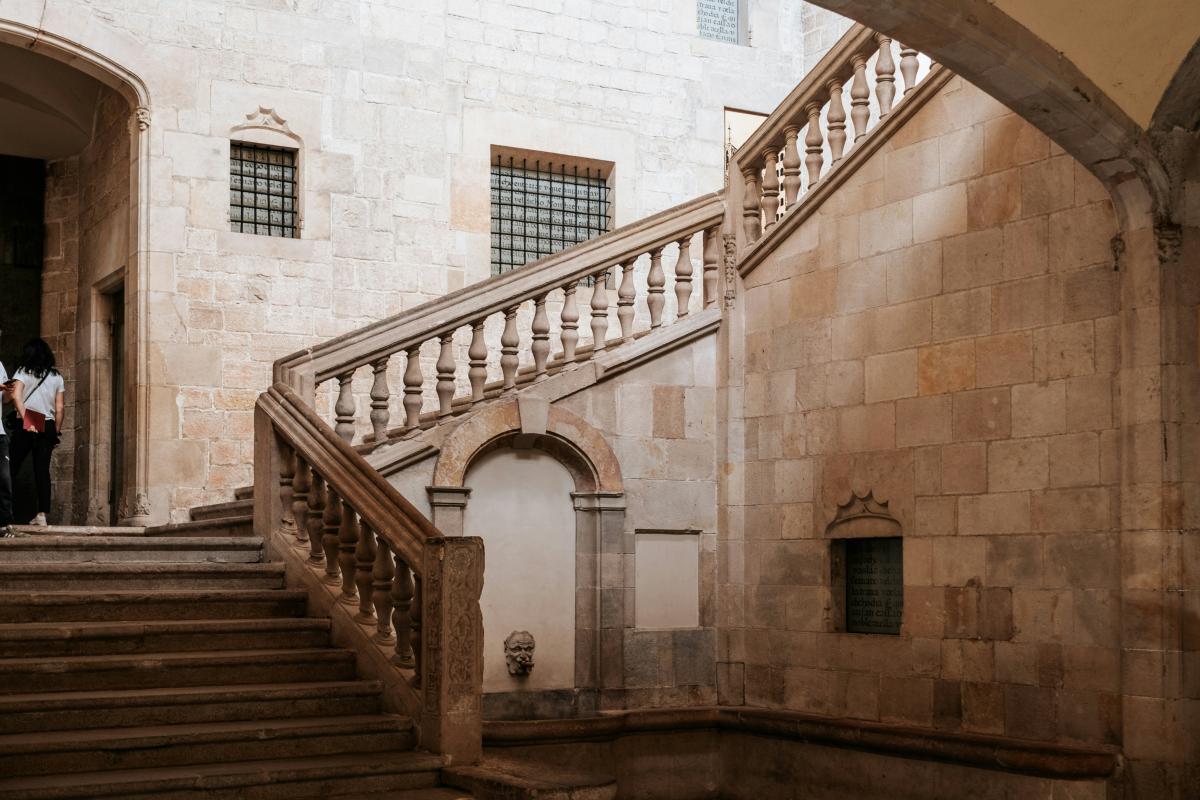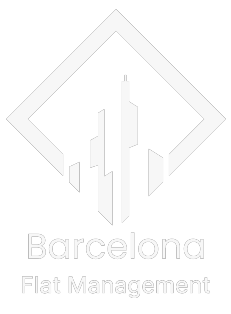Barcelona’s housing landscape, a mesmerizing tapestry woven through time, mirrors its evolution from a Roman settlement to a bustling modern metropolis. This city, steeped in rich history, showcases an architectural journey shaped by pivotal events. From ancient Roman foundations to contemporary designs, each era left an indelible mark on its urban fabric.
In this exploration, we delve into how Barcelona’s diverse housing styles not only reflect its architectural heritage but also narrate the story of its cultural and societal metamorphosis, offering a unique window into the soul of this vibrant city.
Roman Foundations to Gothic Grandeur: The Early Influences
The genesis of Barcelona’s housing can be traced back to its Roman origins, with the ancient Barcino settlement laying the foundational stones. The remnants of Roman architecture, still palpable in the city’s layout, reveal the early organization of living spaces, characterized by grid-like streets and durable construction. These Roman roots planted the seeds for future architectural endeavors, setting a robust framework for the city’s expansion.
As time progressed, Barcelona embraced the Gothic era, a period that heralded a significant transformation in its housing landscape. The Gothic Quarter, with its labyrinthine narrow streets and soaring, ornate buildings, is a testament to this change. This era’s architecture, marked by pointed arches, ribbed vaults, and flying buttresses, not only enhanced the aesthetic appeal but also introduced a new level of structural ingenuity. The Gothic buildings, many of which were residential, reflected a blend of functionality and artistry, offering a stark contrast to the Roman simplicity. This period in Barcelona’s housing history not only shaped its physical appearance but also influenced its cultural identity, leaving a lasting impact that resonates through the city’s streets and structures to this day.
Renaissance Reforms and Baroque Brilliance: A Shift in Style
As Barcelona journeyed through the Renaissance and Baroque periods, its housing landscape underwent a significant metamorphosis, symbolizing a shift in architectural ethos and urban planning. The Renaissance, a time of awakening and intellectual rebirth, brought forth a fresh perspective in housing design. This era saw the introduction of symmetry, proportion, and geometry in residential architecture, moving away from the intricate Gothic style. The Palau de la Generalitat stands as a remarkable example of Renaissance influence, blending functionality with aesthetic elegance. With the advent of the Baroque period, Barcelona’s housing embraced a more dramatic, ornate style, characterized by grandeur and exuberance. This was a time of bold architectural statements, with emphasis on curves, lavish decorations, and complex forms.
The expansion of the city beyond its medieval walls during this period allowed for more spacious and elaborate homes, catering to the rising bourgeoisie. The Casa dels Canonges, with its intricate façade and lavish interiors, exemplifies Baroque residential architecture. These periods also marked a pivotal shift in urban planning, as Barcelona began to lay out broader streets and public squares, setting the stage for a more cohesive and expansive cityscape. The influence of Renaissance and Baroque styles on Barcelona’s housing not only reflects the artistic and cultural zeitgeist of the times but also showcases the city’s adaptability and evolution in its approach to living spaces.
The Modernista Movement: Gaudí and Beyond
The Modernista movement, a beacon of innovation in Barcelona’s architectural history, was epitomized by the genius of Antoni Gaudí and his contemporaries. This movement marked a dramatic departure from conventional architectural norms, introducing a period where creativity and individual expression reigned supreme.
Gaudí’s work, in particular, transformed Barcelona’s housing landscape into a fantastical display of artistry and ingenuity. Casa Batlló, with its undulating façade, vibrant mosaics, and skeletal balconies, stands as a testament to this revolutionary approach. It represents a fusion of functionality and fantasy, breaking away from the rigid lines of traditional designs. Similarly, La Pedrera (Casa Milà) showcases Gaudí’s mastery over naturalistic forms, with its wavy stone façade and whimsical chimney pots, creating a harmonious blend with nature.
These masterpieces not only pushed the boundaries of residential architecture but also echoed the cultural and artistic aspirations of Barcelona at the turn of the 20th century. The Modernista movement, through such iconic works, brought a new dimension to urban living spaces, integrating art into the everyday and forever altering the city’s architectural landscape. This era was more than an architectural trend; it was a cultural movement that encapsulated Barcelona’s spirit of innovation and its relentless pursuit of beauty and originality in housing design.
Contemporary Challenges and Solutions: Housing in Modern Barcelona
In the contemporary era, Barcelona faces a complex matrix of housing challenges, navigating the delicate balance between preserving its rich architectural heritage and adapting to modern needs. Urban sprawl and gentrification have emerged as significant issues, altering the city’s demographic landscape and putting pressure on housing affordability and availability. As traditional neighborhoods transform, the city grapples with maintaining its cultural identity while catering to a growing population. In response, Barcelona has been at the forefront of innovative housing solutions.
One notable trend is the rise of sustainable housing, focusing on energy efficiency, eco-friendly materials, and green spaces, aligning with global environmental concerns. Projects like the Superblocks (Superilles) aim to reconfigure urban space to prioritize pedestrians and community living, reducing pollution and enhancing quality of life. Additionally, smart housing initiatives are gaining momentum, integrating technology for enhanced security, energy management, and connectivity. These advancements are not just about creating smarter homes but also fostering smarter communities, where technology and sustainability intersect to redefine urban living.
As Barcelona continues to evolve, these contemporary challenges and solutions are shaping a new paradigm in housing, ensuring the city remains both a guardian of its past and a pioneer in future urban development.
Housing as a Mirror of Barcelona’s Soul
In conclusion, the housing in Barcelona transcends mere architecture and design; it is a vivid tapestry that mirrors the city’s soul, echoing centuries of history, culture, and social evolution. Each street, building, and façade in Barcelona tells a story, revealing layers of the past while simultaneously hinting at the future. As we walk through the narrow alleys of the Gothic Quarter, admire the whimsical Modernista facades, or witness the cutting-edge sustainable developments, we are not just observing a city’s architectural prowess but experiencing a living, breathing chronicle of its journey.
This exploration invites readers to appreciate the depth and diversity of Barcelona’s urban landscape and to ponder the possibilities of future urban living in such a dynamic, ever-evolving city.













